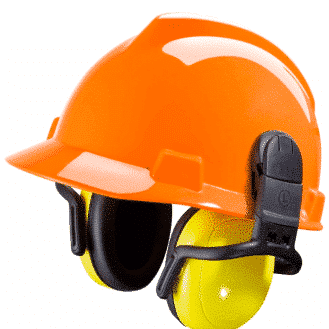
Dräger half-mask respirator
FFP respirators protect against dust and particles, while half-masks and full-facepiece respirators are more protective against gases and vapors.
Your choice between a half-mask or full-facepiece respirator depends on the nature of the pollutants present, their concentration level, and your working environment.
Half-mask respirators
Half-mask respirators cover the user’s nose, mouth, and chin without compromising their field of vision. They are effective in protecting against gases and vapors in working environments where oxygen levels exceed 17%. Their use is sufficient in environments where there is no danger of harming the eyes. Half-mask respirators are filter masks.
Soft silicone half-masks are reusable and comfortable enough to wear for long periods of time. Disposable half-masks are lighter and silicone and latex-free. They can be worn with safety glasses since they are placed lower on the face.
Full-facepiece respirators
Full-facepiece respirators protect the same areas of the face as half-mask respirators, plus the eye area. They are recommended when there is a possible risk to the eyes as they ensure an airtight seal between the face and the respirator and provide maximum protection to the user.
They are effective in protecting against toxic gases, fumes, and vapors in oxygen-rich work environments (full-facepiece filter respirators) but also in oxygen-poor work environments where oxygen levels are below 17% (full-facepiece insulating respirators).
Single-filter full-facepiece respirators are made from elastomer or silicone. Some models feature a panoramic screen for a better field of view.
Double-filter full-facepiece respirators feature a double air filter system with a valve to allow air to escape more easily. They are therefore more comfortable to wear and do not fog up.
Full-facepiece respirators are widely used in the chemical, pharmaceutical, automotive, and gas industries.

TYCO FIRE & INTEGRATED SOLUTION full-facepiece respirator
Filters
Whether you choose a full-facepiece or half-mask respirator, it’s important to choose the right filter. There are three types of filters available: gas filters, particulate filters, and combined filters.
Gas filters protect against toxic fumes, gases, and chemicals.
Below is a summary of gas filters and their efficiency classes according to Directive 89/686/EEC.
Particulate filters protect against dust, smoke, vapors, microorganisms, and viruses.
Combined filters combine the features of gas and particulate filters and are needed to protect against aerosols and gas fumes, for example.









